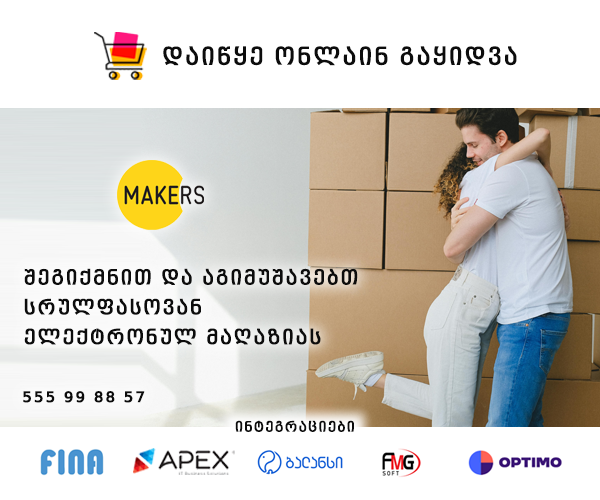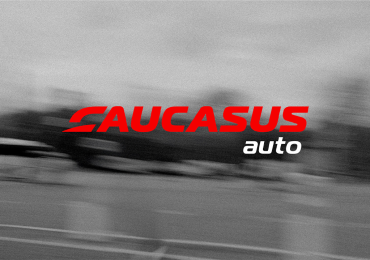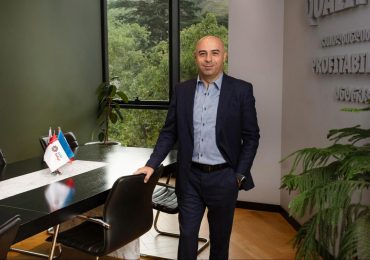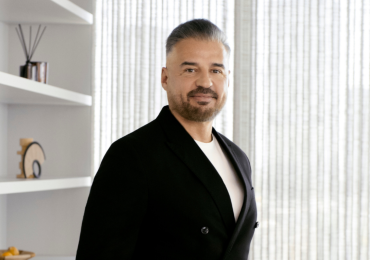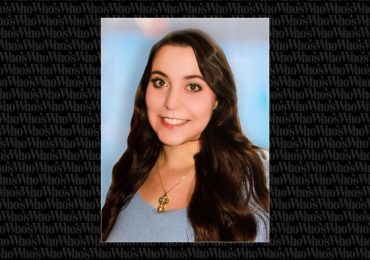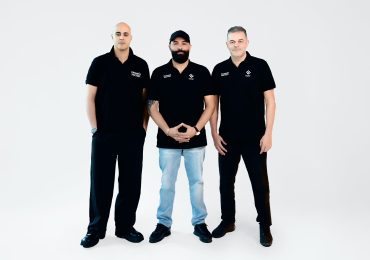Photo Courtesy of Geninfinity Education
Think back to that big class project, late nights messaging your group, slides coming together just minutes before the deadline, maybe a box of cold pizza sitting nearby. You poured hours into it, hit submit, got the grade…and then? The project disappeared, forgotten in a folder. The work felt fleeting.
That is the cycle Ava Tian and Scott Venton could not ignore. They wanted students to carry those hard-earned projects into the future, not toss them in a digital graveyard after finals week. Their solution: Geninfinity, a platform where projects live on as proof of creativity, teamwork, and growth.
From Stressful Deadlines to Lasting Stories
For Tian, this idea was personal. She remembered finishing projects she was proud of, only for them to vanish into obscurity. “I wanted something that gave students the confidence to hold onto what they had made,” she explained, recalling how often her efforts went unnoticed. Venton chimed in with a smile, describing Geninfinity as “a place where students can finally show what they can do, and keep it.”
On the platform, every milestone matters: first drafts, brainstorming notes, feedback loops, all the way to final submissions. Instead of becoming another forgotten assignment, those moments stay logged and meaningful. Students walk away with more than a letter grade; they leave with a portfolio of their effort and growth stitched together.
Assignments stop feeling disposable, and start feeling like achievements worth sharing.
Making Group Projects Fair
Ask any student about group projects and they’ll sigh. We know the tropes: one person does everything, another vanishes until the last minute, and the rest fall somewhere in between. Geninfinity levels that playing field. Every contribution, whether it is a small idea in chat or a full design draft, is recorded in plain view. No more invisible effort.
There is even a supportive chat feature built into the platform, nudging users with ideas and suggestions while leaving the reins in their hands. The philosophy is simple: teamwork should feel fair, engaging, and a bit more fun.
Community spaces take it further. Students gather, swap tips, brag about breakthroughs, and commiserate over frustrations. The result is less like a classroom repository and more like a clubhouse for creators. Projects turn into stories of collaboration, complete with the highs, lows, and lessons along the way.
Turning Effort Into Proof That Lasts
Grades are static. They tell you how well you did, but not much else. Geninfinity adds the missing context. Effort is captured in living records that show improvement, leadership, and how students helped their peers succeed.
For Venton, this is the heart of the idea. “Progress is about showing up, adding a little more, and proving that you are building something larger than just a single assignment,” he said.
Instead of vanishing with the end of a semester, projects remain part of a student’s story. They become something solid a learner can share with schools, employers, or even future collaborators. It is proof they can point to when someone asks: “What have you done?”
Geninfinity feels less like another tech tool and more like a stage where students get to showcase themselves. The founders see it as a place where hard work, late-night group chats, and the occasional caffeine-fueled brainstorm session finally pay off, with achievements that last longer than the exam period.

